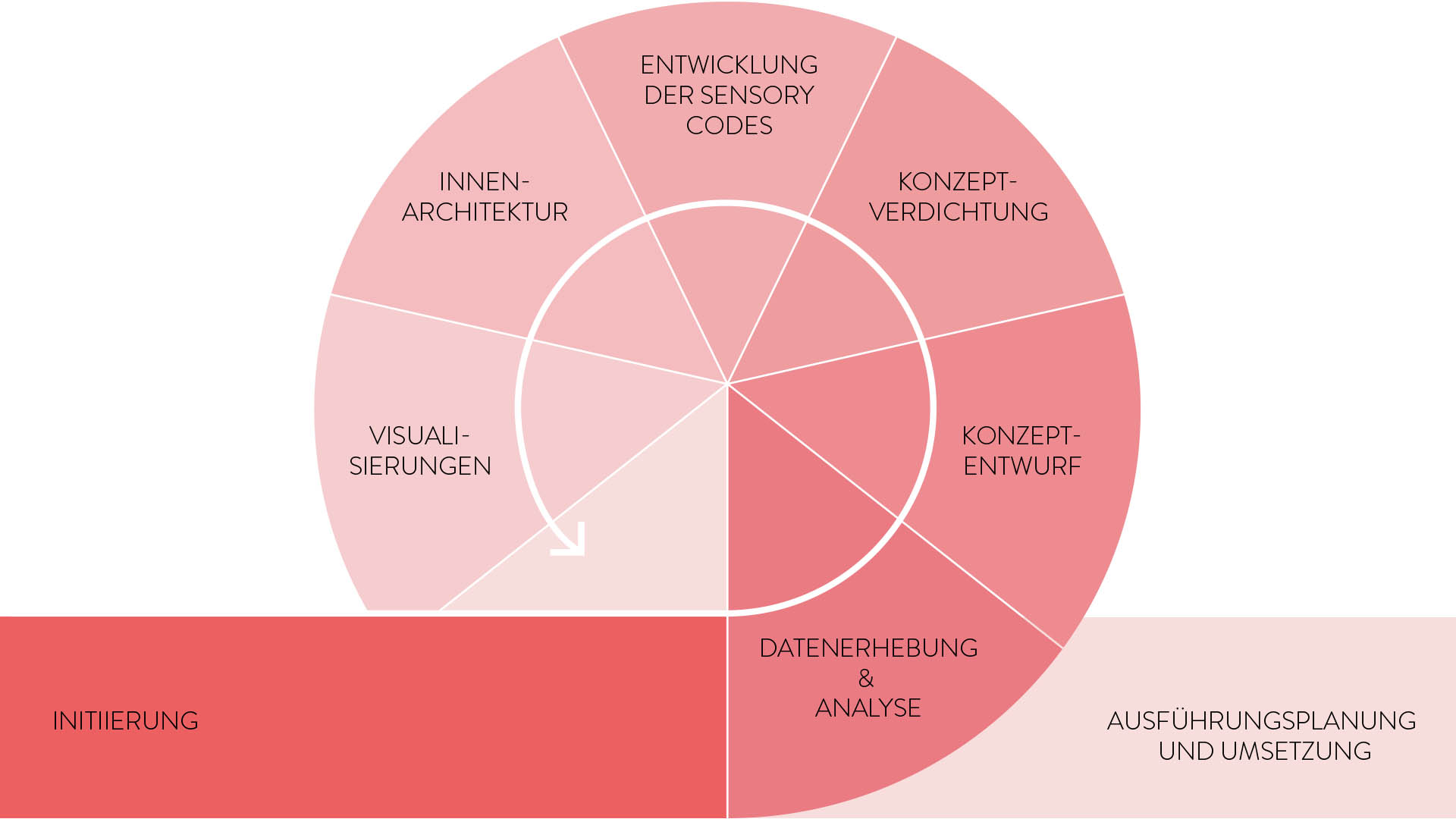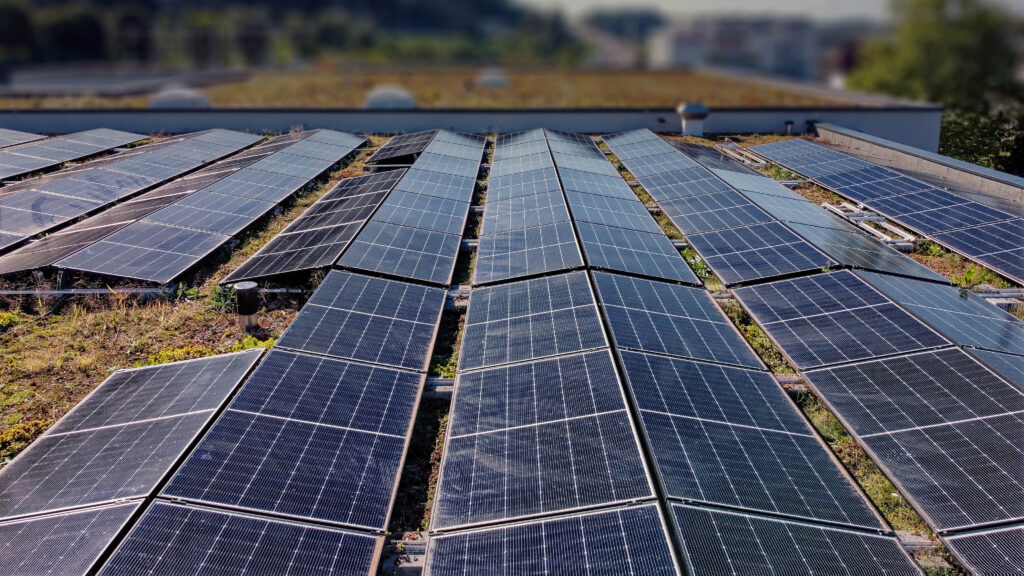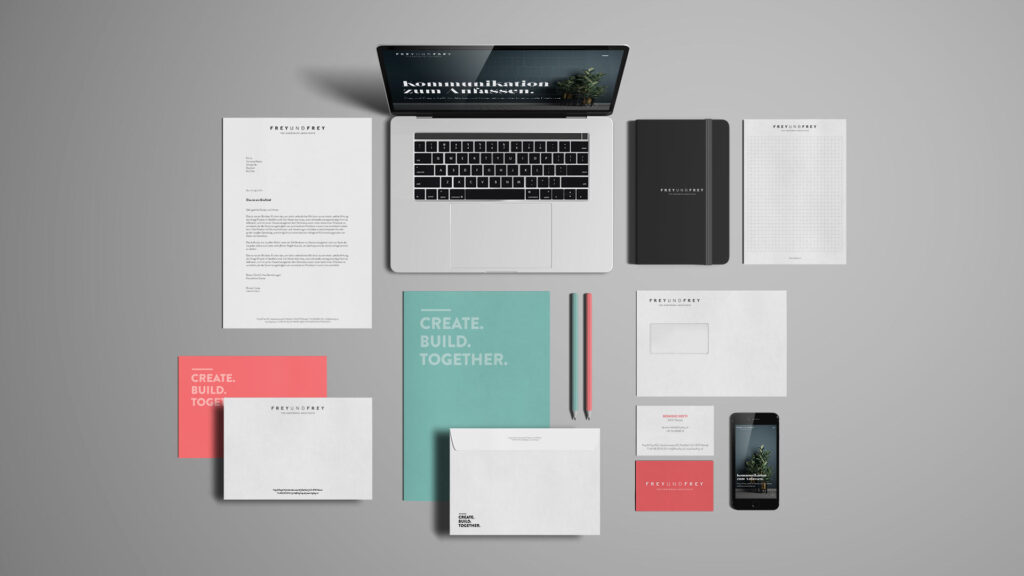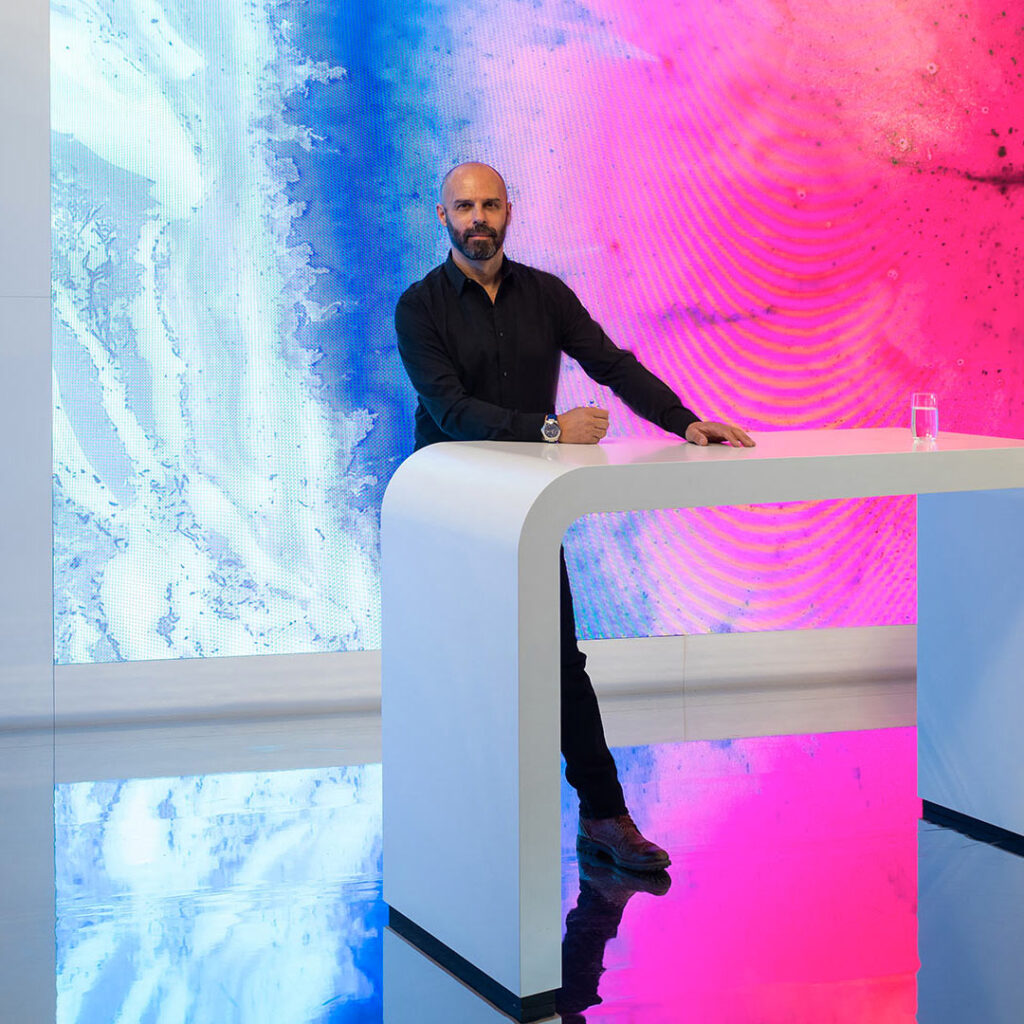“The office” has undergone incredible change in just a few short years, presenting employers with interesting prospects. In the process, several factors intertwine on multiple levels. Fortunately, synergistically – the modern work environment and interior design intertwine economic optimizations, technology integration and the well-being and motivation of employees.
Companies and organizations are forced to adapt their working environment to technological and process-related conditions as well as to employee motivation in order to increase productivity and find skilled workers. Frey and Frey accompanies you from the decision-making process through planning and execution to the goal.
THE NEW FRAMEWORK FOR MODERN OFFICE ARCHITECTURE
Two main aspects of change in the conception of space in dynamic companies must be highlighted: the two Corona years and the increasing shortage of skilled workers. Both have set in motion a demanding change management, or in other words, they have become, in line with the technological possibilities available today, the drivers for new forms and worlds of work.
THE CORONA DICTATE
Virtually from one day to the next, offices had to close and the workplace was relocated to the home. Decades ago, this was pejoratively referred to as working from home, but now it is called home office. Although the “quarantine” measures of the pandemic are now history, and many employees have returned to the office, home office has come to stay, at least on a part-time basis. Consequences for employees are a more flexible workday, partial elimination of commuting, and thus more free time. The consequences for companies are the reorganization of teamwork, workflow and often, cost-reducing, lower space requirements.
THE SHORTAGE OF SKILLED WORKERS
In almost all industries, HR managers are desperately searching for suitable employees – the labor market has dried up. To make matters worse, professionals between the ages of 20 and 45 attach just as much importance to work-life balance and attractive employment conditions as they do to pay. This means that workloads tend to decrease, topics such as the 4-day week are becoming more topical or attractive, and the possibility of home office days should exist.
The demands on the part of employees are therefore constantly increasing – the image and the working environment of employers are becoming the main decision-making criteria when looking for a job.
Today’s professionals ask themselves: “Which company stands for innovation and offers me an attractive and modern working environment? Accordingly, new concepts for work spaces are indispensable.
THE SUM OF THE ADVANTAGES OF MODERN OFFICE ENVIRONMENTS
- High spatial flexibility, space savings
- More sense of togetherness, work motivation and creative stimulation, promotion of corporate culture
- More internal networking, more holistic coordination and collaboration
- Mobile working
- Obstacle-free integration of all digital technologies in the office and home office
- Sustainable human resource management
- Different, flexible work zones corresponding to the activities
- Optimized workflow for more innovative power
- More cost and energy efficiency
WHAT SPECIFICALLY WILL BE NEW?
It will not be the case that office concepts of tomorrow and the day after will make all ‘old’ office forms disappear: In the future, there will still be open-plan offices, group offices or – where confidentiality and privacy are unavoidable – individual offices. The office will remain the hub of corporate culture.
However, the new space concepts with modularity, mobility, multifunctionality, ergonomics at the workplace, transparency, an adapted infrastructure and flexibility contribute to a new and inspiring working world. Keywords here are free choice of space, desk sharing, coworking areas and focus zones. The different areas ensure attractive workplaces with the added benefit of group work for smaller, situationally composed teams. Increased working comfort, more dynamic workflows and increased productivity are thus achieved.
Another key image factor is that innovatively designed working environments make the company’s contemporary corporate culture and readiness for the future visible and tangible for employees and company guests.
THE 8 STAGES TO THE NEW WORKING WORLD
The consulting teams, interior designers and architects of Frey & Frey accompany you from strategy development to implementation. Right from the start, our principle of success is a close and trusting cooperation.

PHASE 1: INITIALIZATION
In the first stage, the framework conditions for the target project must be defined. These are the project organization (roles, responsibilities) as well as the survey of the operational benefits, opportunities and risks, and the survey of the budget and deadlines.
PHASE 2: DATA COLLECTION AND ANALYSIS
In the second stage, all parameters relevant to planning are collected, such as the number of workstations, the shared desk ratio, the network of relationships between departments and teams, and the internal process structures. The company DNA is also recorded and flows into the analysis.
PHASE 3: CONCEPT DESIGN
With the data now analyzed and evaluated, the conceptual design begins, i.e. a concretization and translation of the needs into an initial floor plan and occupancy model.
PHASE 4: CONCEPT CONSOLIDATION
This phase represents the realization test of the space requirements and the interconnection of all activity areas (fine analysis of practicality). The result of the concept consolidation forms the starting point for the development of the interior design. Initial clarifications are made regarding feasibility and possible building permits.
PHASE 5: DEVELOPMENT OF THE SENSORY CODES
Stage 5 is dedicated to corporate identity and appearance. Colors, textures, materialization and shape and design language define the visual style direction.
PHASE 6: INTERIOR DESIGN
Based on the sensory codes, the holistic interior design concept is developed in this step. Topics such as lighting, acoustics, furniture, floor and wall coverings, etc. are elaborated and concretized.
PHASE 7: VISUALIZATIONS
The interior design concept that has now been developed will be visually concretized. 3D visualizations of the various areas are being created, inviting visitors to immerse themselves in the new working world.
PHASE 8: EXECUTION PLANNING AND IMPLEMENTATION
The implementation of the project plan is ensured. Goals are defined, costs are calculated and a detailed project plan is drawn up. Where necessary, the appropriate building permits are obtained. The project is now implemented with the planned measures until handover to the customer.
IN A NUTSHELL:
Open office concepts, common areas – even fitness rooms and retreats are options – and the integration of new technologies for collaboration are the new norm. It connects work and life: The new way of working in innovative work spaces focuses on the needs and well-being of employees, on optimized collaboration and networking. People like to go to the new working world, it is a stimulating and exciting place, the motivating answer to the expectations of a better work-life balance.
With the increase in creativity, agility and productivity of the employees achieved in this way, the competitiveness of the company also grows.





